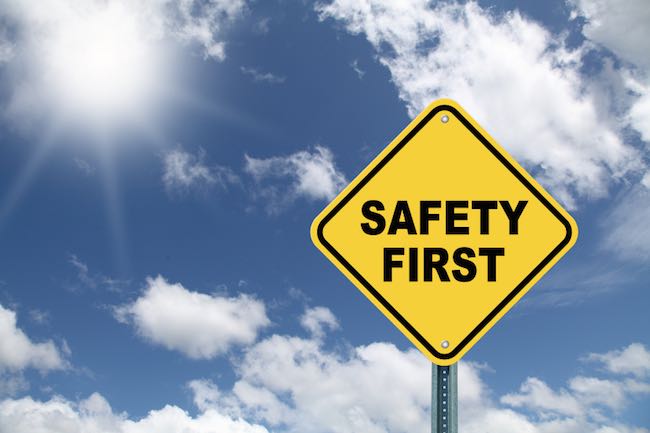16 Safety Tips for Electrical Enclosure Fans

Although electrical enclosure fans are simple devices, there are safety risks that should be considered during their installation and use. Here, the most significant risks are highlighted and split into three sections:
-
Installation
-
Operation
-
Maintenance
When dealing with electrical enclosure fans, safe practices are critical to ensure the safety of personnel and to make certain that the installation is safe and does not jeopardize the integrity of the electrical enclosure. Where appropriate, and for more information, always refer to your fan’s user and technical manual.
Fan Installation
It is strongly recommended that the electrical enclosure is de-energized during the installation of the fans to avoid the risk of shock and of debris falling onto live components. While preparing the installation, the following points should be noted:
-
Design: Make sure the thermal design allows for the highest ambient temperature and that there’s a reasonable safety margin to ensure the enclosure does not get too hot.
-
NEMA ratings: Use NEMA 3R rated fans for outdoor ventilated enclosures and NEMA 1 for indoor ventilated enclosures. Be sure to only use fans if and when they are suitable for your enclosure.
-
Testing: Before installation, check the fan operation and the direction of air flow.
-
Inlet and outlet location: It’s preferable to pressurize the enclosure, so fit the fan at the bottom of the enclosure as shown in the manual, with the exhaust located diagonally opposite at the top of the enclosure.
-
Doors: When fitting the fans to doors, verify the doors are strong enough and the weight of the fans cannot tip the enclosure.
-
Rain shrouds: Make sure rain shrouds are fitted to outdoor enclosures.
-
Clearance: Confirm that there’s adequate clearance around the air inlet and outlet; there should be a clear space of five inches.
-
Installation: De-energize the enclosure before installation, make sure cut-outs do not interfere with equipment, and take great care to prevent debris falling inside the enclosure especially where it could foul live bus-bars and equipment.
Operation
The safety and condition of the electrical equipment inside the enclosure depends on the reliable operation of the fans, so from time to time check the following:
-
Air flow restrictions: Make sure there’s nothing restricting the air flow. Check that no equipment is placed so it reduces the air flow and that no debris is blocking the exhaust.
-
Fuses: Only use the correct fast-acting fuses for the fans, as specified in your manual.
-
Protect blades: Ensure nothing can fall into or touch the fan blades and cause damage.
Maintenance
It’s important that a regular maintenance schedule is set up to maintain the fans in good condition, as follows:
- Safety: Disconnect the fans before maintenance and keep fingers and tools away from spinning blades.
-
Filter replacement: Inspect the air filters on a regular basis and replace them when dirty; do not try to clean dirty filters unless they are labeled as cleanable.
-
Clogged intake: If the fan and exhaust housings are dirty, clean them with a soft brush to remove the dirt. Don’t allow dirt to fall into the enclosure.
-
Location: Verify that the fans, filters, and exhaust vents are properly seated and the sealing gaskets are in good condition.
-
Fans: Replace fans that are not working or have damaged blades or noisy bearings.
Safety First Prevents Accidents
It’s essential that safety is carefully considered when installing filtered fan packages to electrical enclosures. Should a live component be touched or damaged during the installation, the risk of injury is high. Note that the spinning blades, especially metal ones, could cause serious injury if touched while they’re turning and that the blades are easily damaged if obstructed.
For further information, contact us at Thermal Edge and we can help you solve your enclosure cooling problems.

